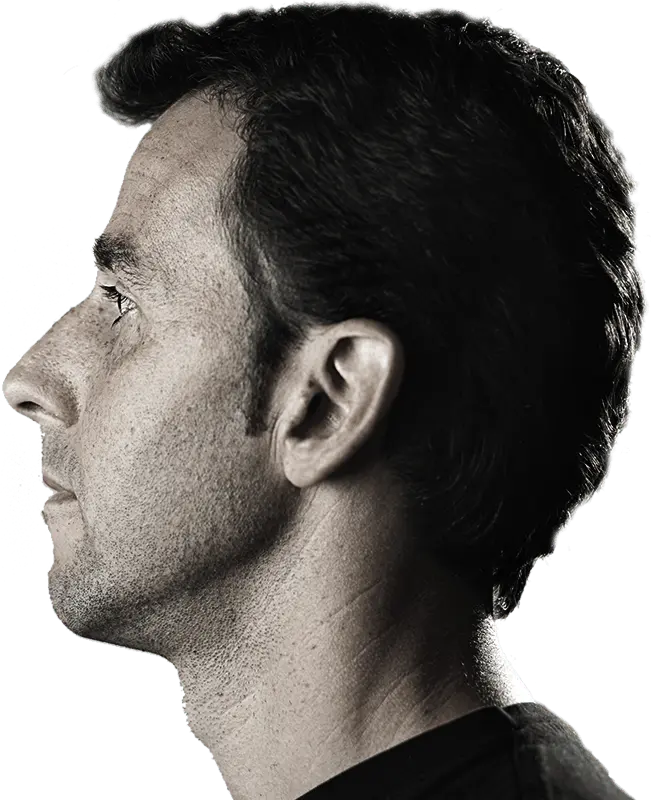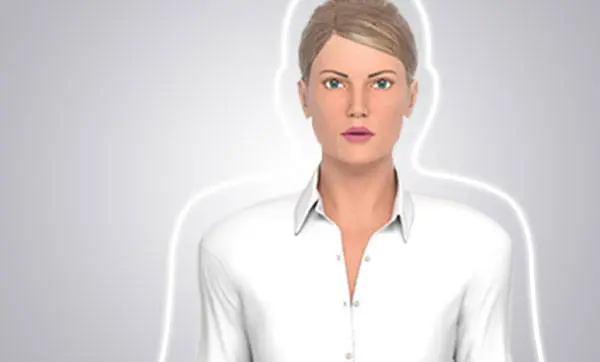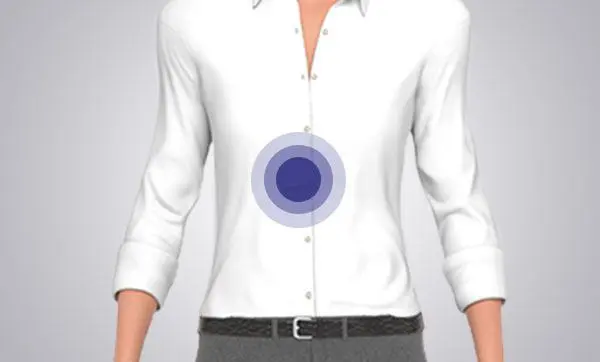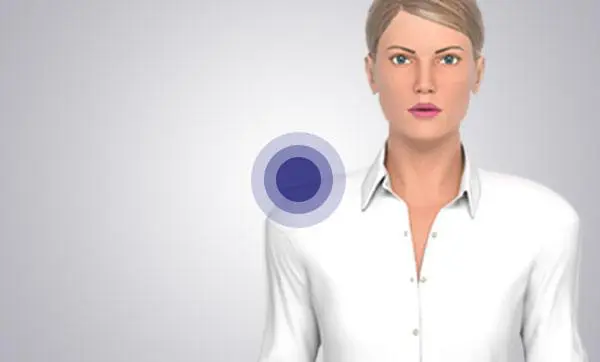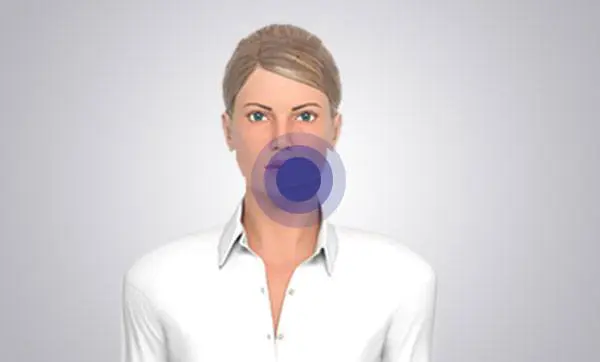What is a neuromuscular specialist?
Doctors who focus their attention on treating patients with diseases that impair muscle and nerve function are called neuromuscular specialists. Patients who visit their GP or primary care physician with symptoms of a neuromuscular disease should be referred to a neuromuscular specialist, who will run the necessary tests to make an accurate diagnosis.
What tests are used to make a diagnosis?
There are many tests which can be performed by a specialist to help them make a differential diagnosis. Some of the most common examples are described below:
Observation
The first step usually taken by specialists is to observe physical appearance, taking notice of muscle wastage, posture, walking issues or problems with movement. Any twitching, a sign of motor neuron problems, is also noted. They might also ask what particular tasks a patient has difficulty with and whether their ability to complete them fluctuates.
Physical Exam
Basic assessments, some using small objects, are carried out to evaluate muscle strength and reflexes. Examples of the tests used by neuromuscular specialists are described in this article.
Blood Tests
There are a number of blood tests which can be used to aid diagnosis of neuromuscular disease. In some cases, samples can be taken as a drop of blood, collected by a finger prick, this is known as a dried blood spot test. One relatively routine test looks at levels of a protein called creatine kinase in the blood (often referred to as CK levels or CPK levels) as a blood test for muscle damage. Although creatine kinase is found in the blood of healthy individuals, when muscles degenerate, they spill high volumes of this protein into the bloodstream.
Blood tests provide general information on how someone may be functioning and can be a relatively simple means of obtaining an accurate diagnosis. If you want to know more about these tests, ask your doctor for more information.
Muscle Biopsy
For this procedure, a sample of muscle tissue is removed for examination by a pathologist and neuromuscular specialist Duchenne muscular dystrophy. Missing proteins, such as dystrophin in Duchenne muscular dystrophy, can be observed under the microscope, in addition to muscle degeneration and inflammation. However, a 'normal' biopsy does not necessarily rule out the presence of a neuromuscular disease.
Electromyography tests
Electromyograms involve the insertion of small needle electrodes into the muscle to assess the activity between muscles and the nerves supplying them. Whilst it can cause some discomfort, this diagnostic test can be useful for detecting problems which may not be noticed in a physical exam, such as myotonia.
Genetic Testing
As multiple neuromuscular diseases are caused by genetic mutations, it’s often beneficial to conduct DNA tests. These can reveal alterations in the genetic code and can confirm which neuromuscular disease the patient has.
However, some patients may have a genetic abnormality which cannot be detected by the DNA tests available.
